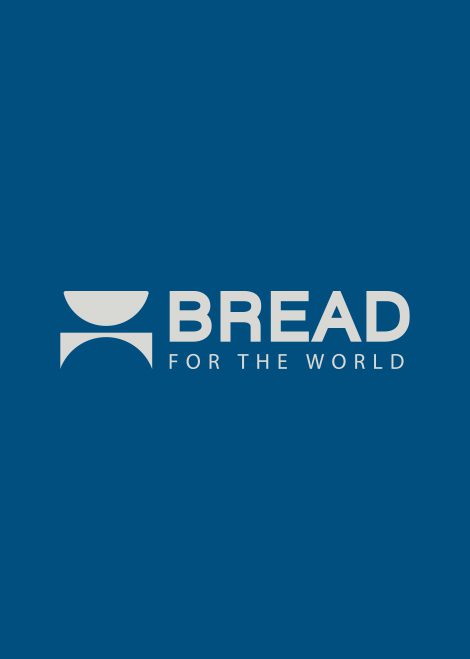One in every eight U.S. residents is living in poverty, according to the last official count conducted by the Census Bureau. But these data reflect conditions through 2007, well before the current recession. Poverty and hunger on any scale is intolerable in a country as wealthy as the United States. To reduce poverty and hunger — and eventually eliminate them — the United States must be prepared to act more boldly than it has for several decades. Step one should be to set a national goal to end hunger and poverty, with a target date, so that progress can be tracked.
Ending poverty and hunger will require a comprehensive framework of solutions, that recognizes the many factors that contribute to economic hardship, such as lack of employer-provided health insurance, poor schools, lack of affordable housing, little access to financial services, and a host of others. Goal setting is the critical first step, as it focuses the nation’s attention on outcomes and gives the public a way to hold the nation’s leaders accountable.



